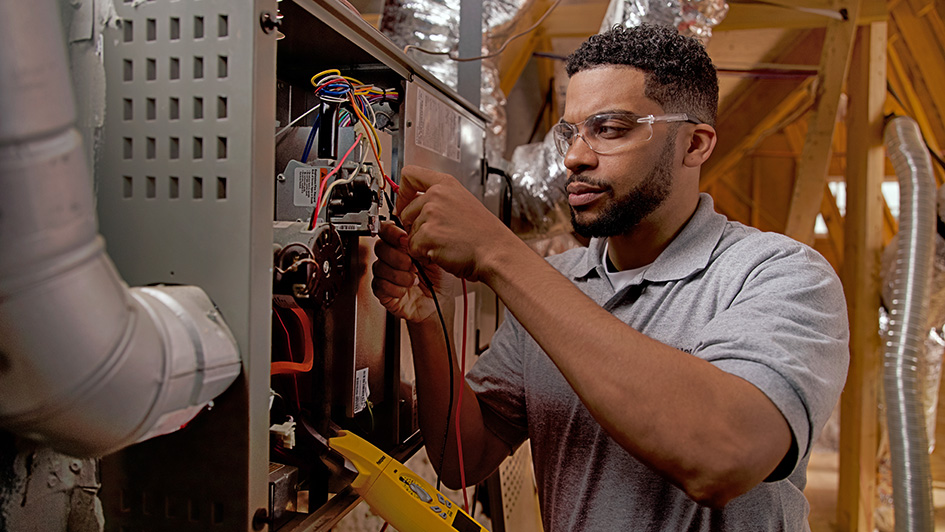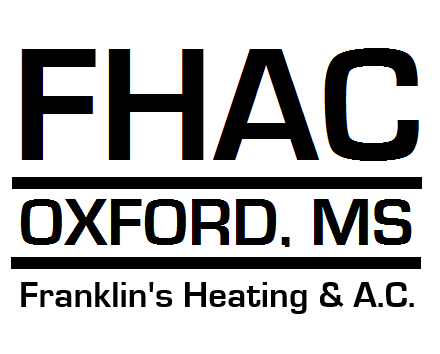
A furnace is almost always a background player for your home, helping keep you warm during the cold winter months. It regularly doesn’t get noticed until a malfunction appears.
One source might be that your furnace has a cracked heat exchanger. It’s a potentially dangerous issue, so it’s critical to know the signs of a cracked heat exchanger and what you should do if you believe that may be the problem.
What Is a Heat Exchanger in a Furnace?
A heat exchanger helps transition heat from the combustion chamber in your furnace to the air that flows throughout the ventilation. It usually does this using coils or tubes that heat the air while serving as a barrier to keep gas created in the combustion chamber, called flue gasses, from escaping out into your home.
Is a Cracked Heat Exchanger Dangerous?
Given its important role, it’s no surprise that a damaged heat exchanger can pose a risk. A damaged heat exchanger can allow dangerous gasses – like carbon monoxide, which can be lethal – to be distributed across your home.
For obvious reasons, don't ever run your furnace if you believe there's a crack in the heat exchanger, as this could make the whole household sick. Contact an HVAC professional right away if you think your heating has a cracked heat exchanger that should be repaired.
Four Symptoms of a Cracked Heat Exchanger:
- Furnace turns off: A crack in your heat exchanger could cause your furnace to switch off.
- Unusual Smells: If the air leaving your furnace has a strong chemical odor, it could be an indicator that gasses are leaking through cracks in your heat exchanger. These gasses, which may smell like formaldehyde, are a common warning sign.
- Carbon monoxide alarm goes off or you feel poisoning symptoms: If a cracked heat exchanger is emitting carbon monoxide inside your home, your carbon monoxide alarm may go off or household members might struggle with signs of carbon monoxide poisoning. Symptoms include headaches, dizziness, weakness, nausea, vomiting or feeling sleepy. If an alarm goes off or you feel sick, leave the home right away and then call for help.
- Soot: If you notice black sooty buildup near the exterior of your furnace, it’s an indication something could be seriously wrong.
What You Can Do if Your Furnace Heat Exchanger is Cracked
If you believe your furnace has a cracked heat exchanger, contact a pro with extensive experience in furnace installation Oxford right away so they can inspect your system and, if needed, handle a furnace heat exchanger replacement. Costs should fluctuate depending on the situation, but estimates can roughly suggest $1,000 to $3,000.
However, the good news is that heat exchangers are generally covered by the warranty. It's a good idea to confirm the warranty paperwork on your furnace, because while the warranty may not cover the entire cost of repairs, it still may significantly lower your bill.
How to Avoid a Cracked Heat Exchanger in Your Home
One of the easiest ways to avoid problems in your furnace overall is via regular furnace maintenance. Furnaces offer the most benefits when they run efficiently. Hiring a trained professional to examine your furnace for old parts, dirty filters and other potential problems can keep you from getting a big bill later on.
It’s also beneficial to review your furnace filters every few months – it’s ideal some filters be changed every 90 days or sooner if they are dirty or grimy. While the filters aren't a part of the heat exchanger itself, the strain of pulling air through a clogged filter makes your entire furnace work more vigorously to do its job. And the harder your furnace has to work, the more wear and tear parts like the heat exchanger will experience.
